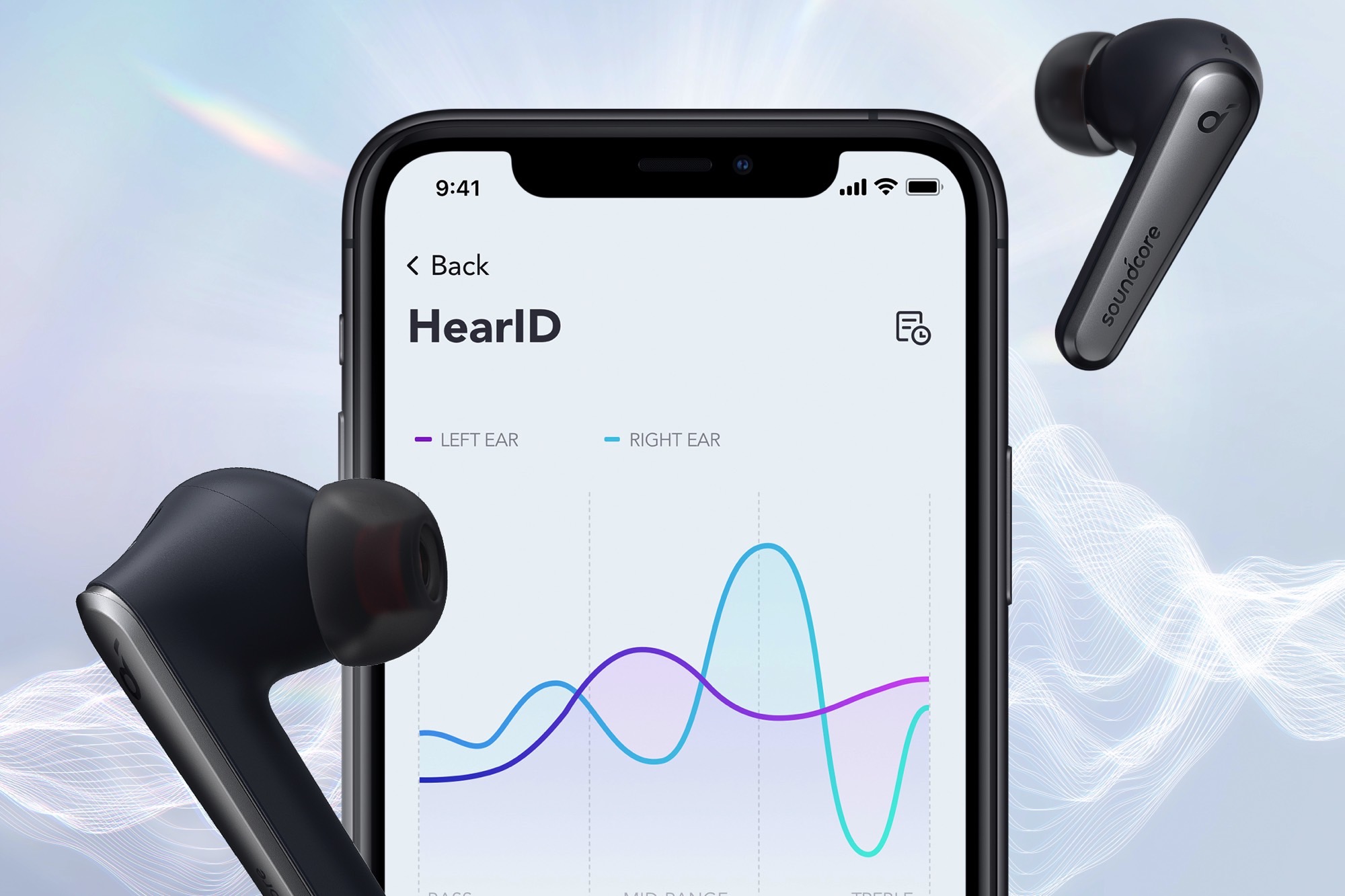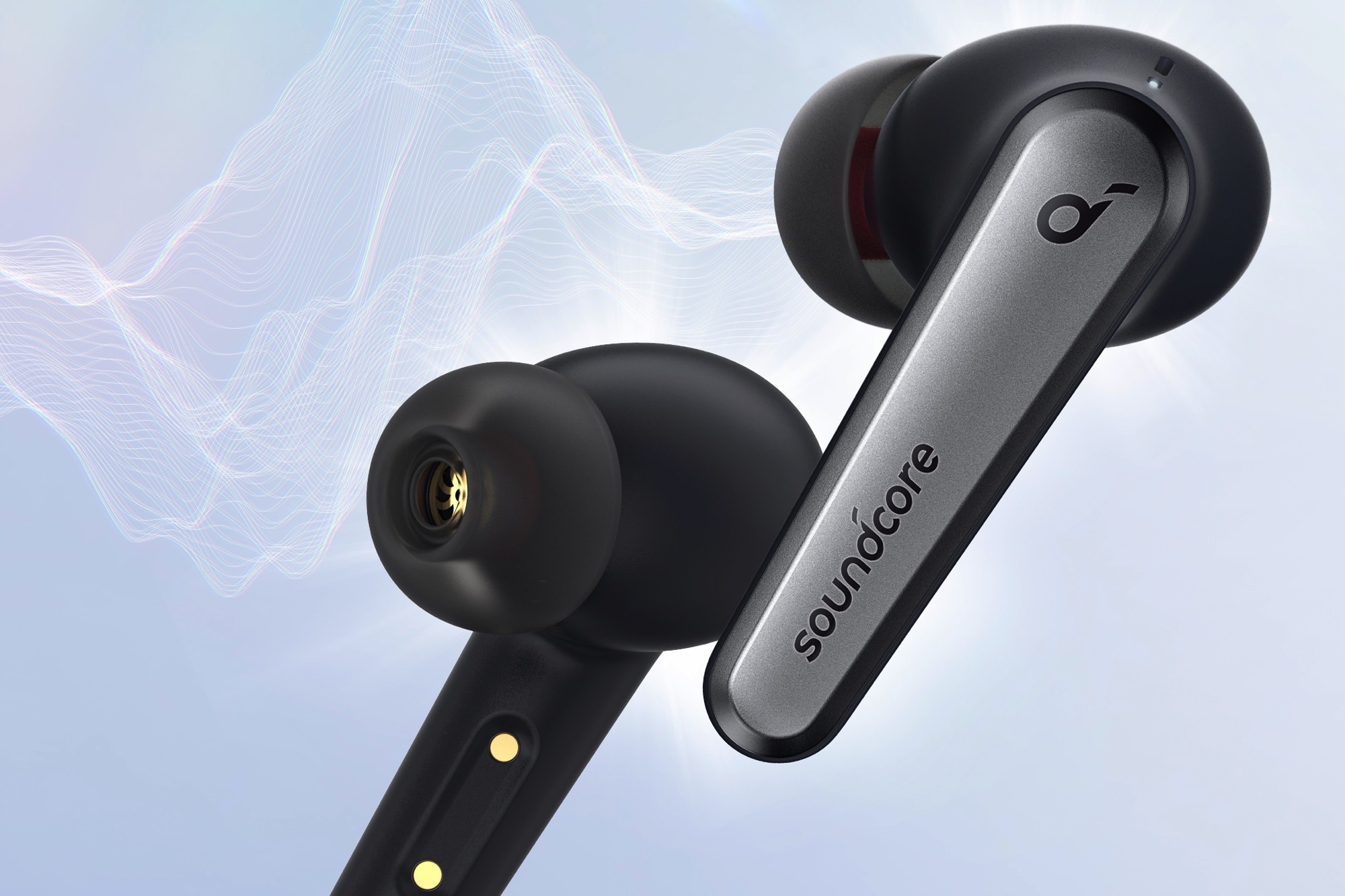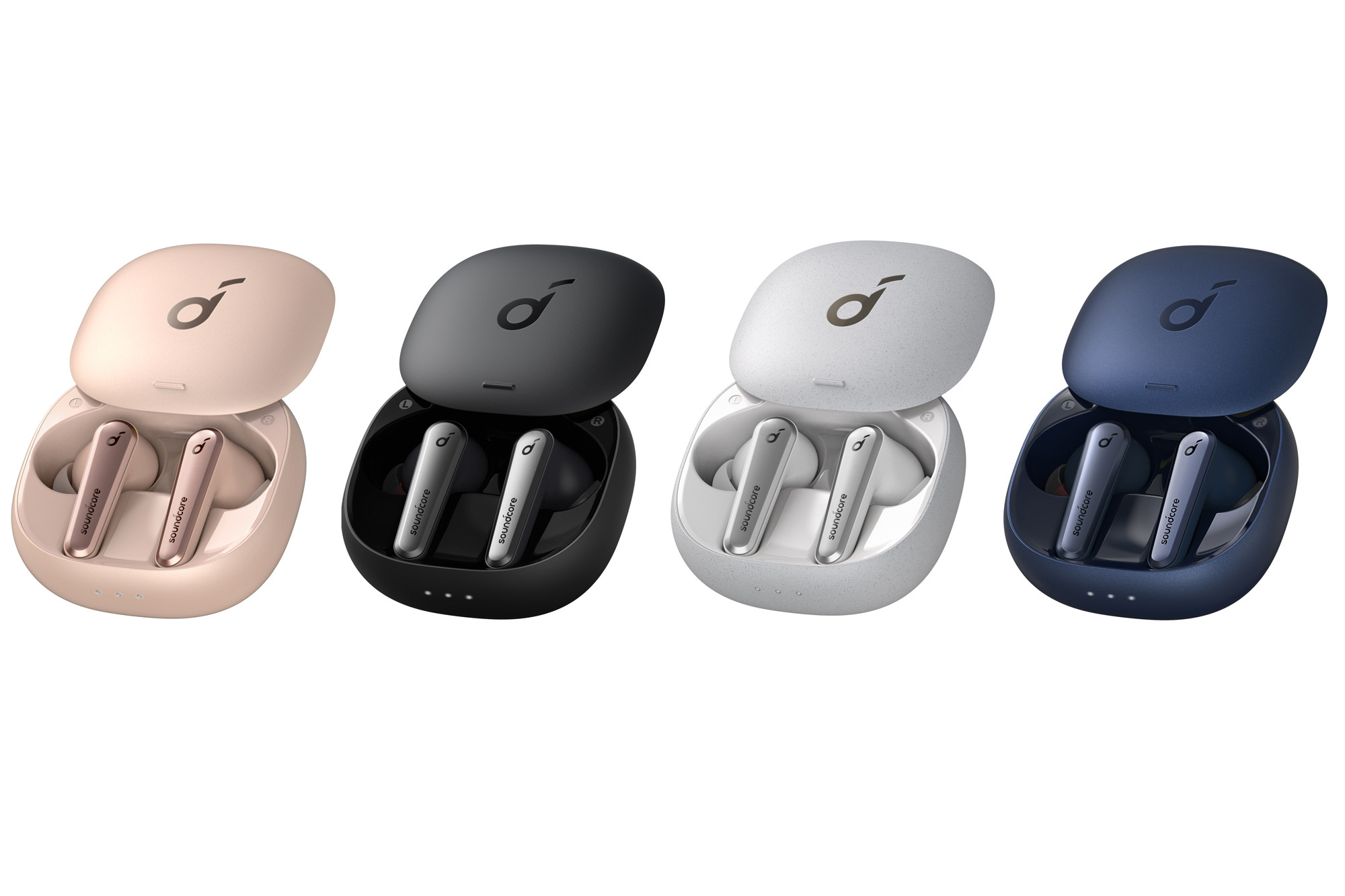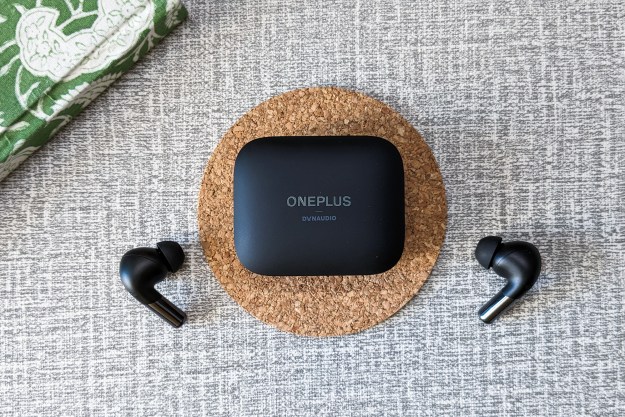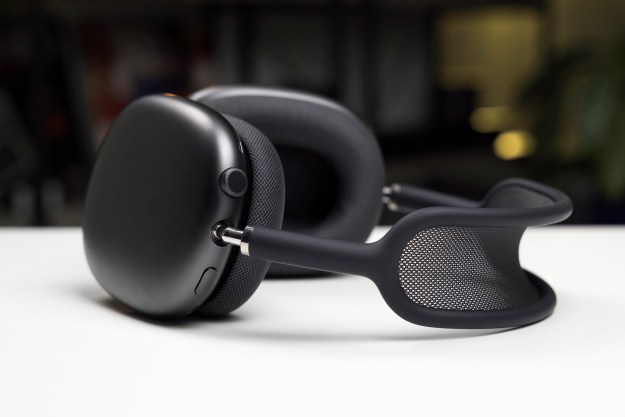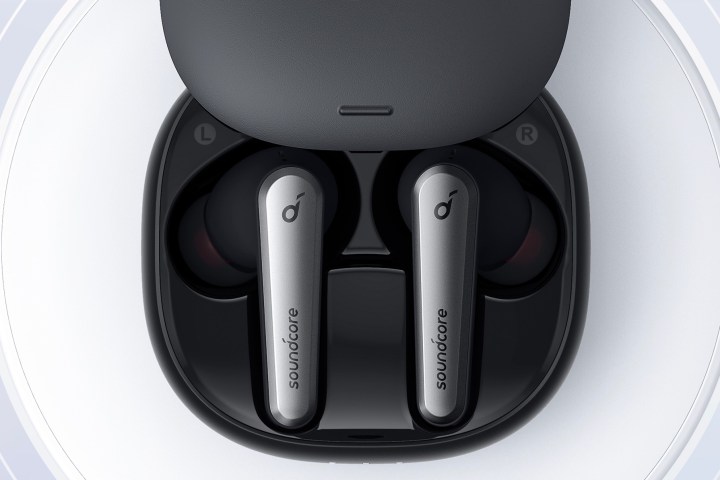
Ever since Apple launched its $230 AirPods Pro, audio companies have been racing to offer true wireless earbuds with similar features, but for less money. Anker’s Soundcore brand is the latest to do so, with its $130 Liberty Air 2 Pro, a set of active noise cancellation (ANC) earbuds that are available on Amazon today, in four color options: Onyx Black, Titanium White, Sapphire Blue, and Crystal Pink.
The specifications on the Liberty Air 2 Pro read like a laundry list of the most desired features. With ANC turned on, Soundcore claims they deliver six hours of play time on a single charge and a total of 21 hours when you include the charging case’s battery. Turn ANC off and that jumps to seven hours and 26 hours, respectively.
The case, which has the same uber-slick sliding-lid design as the Liberty 2 Pro, can charge wirelessly or using a USB-C connection. The earbuds look a lot like both the AirPods Pro as well as the Edifier TWS NB2, and are IPX4-rated for plenty of water-resistance.
As with previous Soundcore earbuds, the Liberty Air 2 Pro come with a very generous selection of silicone ear-tips so you have a better chance of finding the right fit. There are nine different sizes in the box.
But the Liberty Air 2 Pro’s calling cards are their sound quality, noise cancellation, and transparency modes.
Soundcore impressed us with the Liberty 2 Pro’s expansive soundstage. To achieve that sound signature, Soundcore employed a hybrid design, combining a dynamic driver with a balanced armature driver. The Liberty Air 2 Pro, however, take a different approach. They use a simpler architecture, with an 11mm dynamic driver in each bud, but Soundcore says it has reinforced these drivers with 10 “hardened nano-layers.” The company calls it PureNote technology and claims it lets the Liberty Air 2 Pro produce accurate sound and clarity at all frequencies.
ANC on the Liberty Air 2 Pro works similarly to the system used by Sony on its WF-1000XM3, with selectable modes based on your specific environment. Transport mode is likely the best fit for being on airplanes, with low-end frequencies targeted. Indoor aims to cancel out mid-to-high frequencies like conversations, and Outdoor mode falls somewhere in the middle.
Transparency mode is also configurable with two choices: Fully transparent, which lets in a full range of outside sounds, and Vocal Mode, which as the name suggests, targets speech frequencies for enhancement.
You can use the earbuds together or separately, and the Soundcore app lets you customize what some of the touch controls will activate. The only function they can’t control is volume. It’s odd to see this function missing on a set of true wireless earbuds in 2021, but apparently, Soundcore’s research must show that people do not value it as much as other features.
So how do they perform? Digital Trends was given an early look at the Liberty Air 2 Pro, and we’ll be posting our review in the coming days. Our initial impressions: Comfortable, great sound, and the ANC does a very good job hushing the outside world.
Editors' Recommendations
- Cambridge Audio’s first AirPods Pro competitor has lossless audio, massive battery life
- Apple lets AirPods Pro owners upgrade to USB-C
- Apple has upgraded the AirPods Pro with lossless audio, sort of
- Anker Soundcore says its new wireless buds will block up to 98% of external noise
- Skullcandy’s new earbuds mimic the AirPods Pro for just $100

